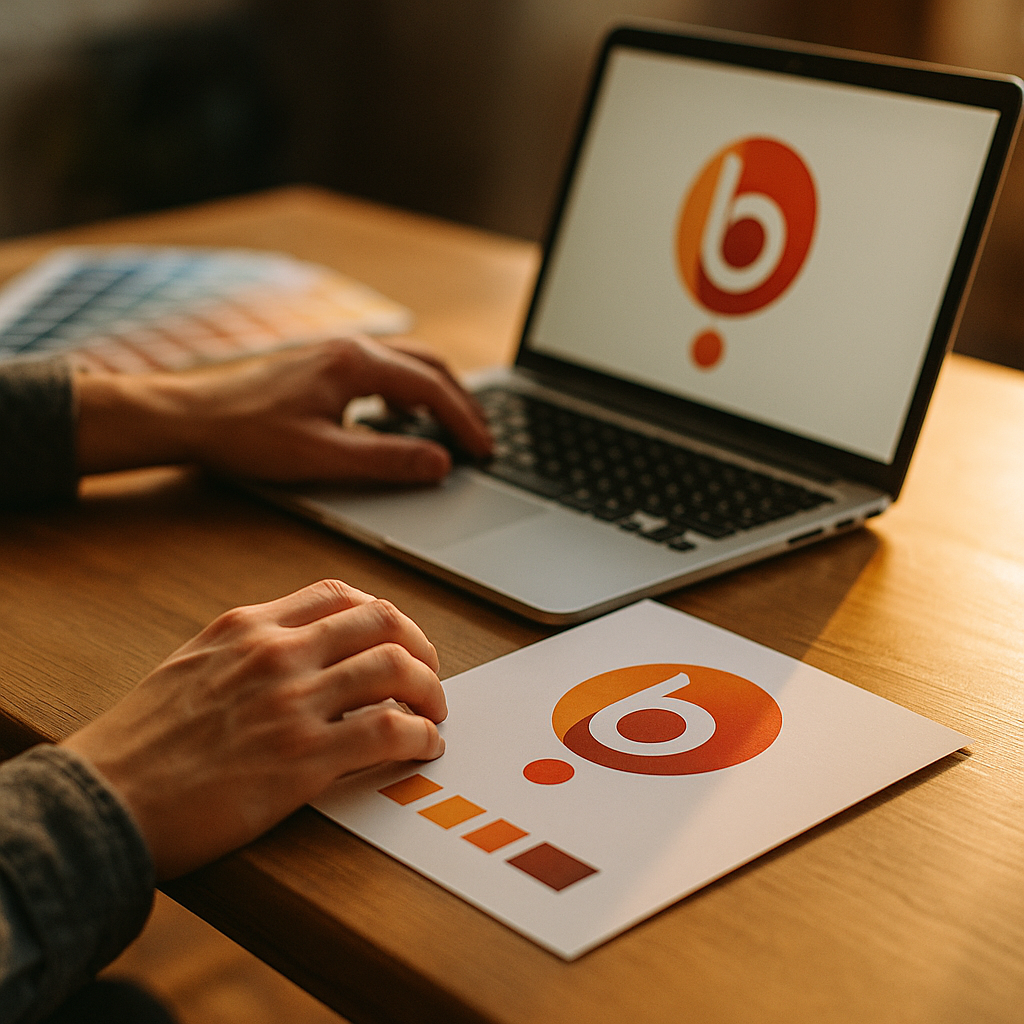In today’s fast-paced digital age, a cohesive brand identity is essential for businesses to stand out. Creating a brand identity that works across print and digital media ensures consistency, recognition, and credibility. This guide explores proven strategies to help you build and sustain an integrated brand presence—whether on a website or in a printed brochure.
Understanding Brand Consistency Across Media
Brand consistency means more than just using the same logo everywhere. To establish trust and build loyalty, your brand must feel the same on a business card, a website, or a billboard. According to a 2025 CXL Institute study, brands that maintain visual and messaging consistency are three times more likely to achieve high customer recognition. Start by defining core brand elements: your logo, color palette, typography, and tone of voice. Consistent application across both print and digital platforms reinforces your message and strengthens your audience’s emotional connection to your brand.
Designing Visual Elements for Versatility
Flexible design is the heart of a successful multi-channel brand identity design. Ensure your logo, fonts, and color palette look polished on screens and in print. For instance, use vector versions of your logo to guarantee it scales cleanly for large banners or small website favicons. Choose color codes carefully—digital colors use RGB or HEX values, while print relies on CMYK. Always test color accuracy to prevent mismatches. Serif and sans-serif font selections should balance digital readability with elegance and clarity in print materials. Create a brand style guide documenting these choices to safeguard visual consistency throughout every medium.
Crafting Unified Messaging and Voice
Your brand voice must flow seamlessly from digital ads to printed catalogs and newsletters. Unified branding language enhances recognition and builds trust. Start with clear brand values and a tone of voice that resonates with your audience—be it authoritative, playful, or friendly. Adapt length and format; social media posts may use concise language, while print brochures allow for in-depth storytelling. Regularly update your brand guidelines so all communication—written or visual—aligns with your mission and appeals to current market trends. This strategic alignment leads to authentic relationships with your target audience, fostering long-term loyalty.
Adapting Branding to Print and Digital Specifications
Optimal brand presence requires tailoring assets and strategies for each channel. In print, image resolution is crucial; always use 300 DPI files to ensure sharp output. Pay attention to paper stocks, finishes, and ink absorption, as these affect perceived color and quality. On digital platforms, prioritize responsive logos and graphics that adjust smoothly to various screen sizes and devices. Embrace accessibility standards when choosing fonts and contrast for web and app designs to ensure inclusivity. Employing media-specific best practices signals professionalism and maximizes brand impact, whether your content is read in hand or online.
Leveraging Technology for a Cohesive Brand Identity
Modern technology streamlines adaptive brand identity creation. Utilize cloud-based design tools and Digital Asset Management (DAM) systems to centralize and version-control logos, templates, and graphics. Collaborative platforms like Adobe Creative Cloud or Figma enable remote teams to execute branding updates in real time, reducing errors. Automation can also support consistency with brand-approved assets for email campaigns, presentations, and social content. Invest in workflow solutions that track asset usage and compliance, ensuring your teams consistently deliver brand-accurate materials, regardless of channel or geography.
Measuring and Refining Your Cross-Channel Brand Strategy
Effective brand identity development is an ongoing process. Regularly audit your print and digital materials to spot inconsistencies. Use analytics—such as engagement rates on digital campaigns and customer feedback from print collateral—to gauge the impact of your visual and verbal branding. According to HubSpot’s 2025 branding report, brands that frequently review and refine their identity see up to 40% better customer retention. Encourage feedback internally and externally, and don’t hesitate to update your guidelines to reflect evolving trends and audience preferences.
Establishing a dynamic brand identity across print and digital media is achievable with strategic planning, ongoing evaluation, and the right tools. By maintaining consistency in visuals and messaging, you’ll enhance your brand credibility and foster deep, lasting customer connections in both digital and physical spaces.
Frequently Asked Questions
- How do I ensure my logo looks good in both print and digital media?
Use vector files (AI, SVG, EPS) that scale without losing quality. Design in monochrome and full color, and test for legibility and color accuracy across devices and printed materials. - What’s the difference between RGB and CMYK in branding?
RGB is used for digital screens, delivering bright, emissive colors. CMYK is used for print, blending inks to produce color. Always create separate color versions for each medium to maintain visual consistency. - How often should I update my brand style guide?
Review your brand style guide at least annually or whenever launching major campaigns. Update guidelines to reflect shifts in audience preferences, new brand elements, or evolving platforms. - What are key elements of a printable brand identity?
High-resolution logos, carefully selected color codes (CMYK), print-friendly fonts, and clear guidelines for image usage. Specify paper types and print finishes for a consistent look and feel. - Why is brand consistency essential for customer trust?
Consistent branding reassures customers with a familiar, reliable experience, no matter where they interact with your company. This increases recognition, fosters loyalty, and differentiates you from competitors.
